Critical Appraisal of Path-Goal Theory Principles and Application
VerifiedAdded on 2020/12/10
|5
|742
|101
Report
AI Summary
This report delves into the principles of Path-Goal Theory, focusing on how leadership behavior influences employee motivation, satisfaction, and performance within an organization. It identifies key elements such as task and environmental characteristics, employee characteristics, and leadership styles (directive, supportive, participative) and their impact on achieving organizational goals. The report emphasizes the importance of aligning leadership styles with specific situations to address issues like conflict, demotivation, and employee turnover. It highlights the significance of understanding subordinates' needs and the nature of the task to implement effective leadership strategies. The analysis includes critical appraisal, examining the theory's practical application and its interaction with subordinates' needs and the nature of the task. The report also provides references to support the concepts discussed, offering a comprehensive understanding of Path-Goal Theory and its implications for effective leadership.
1 out of 5
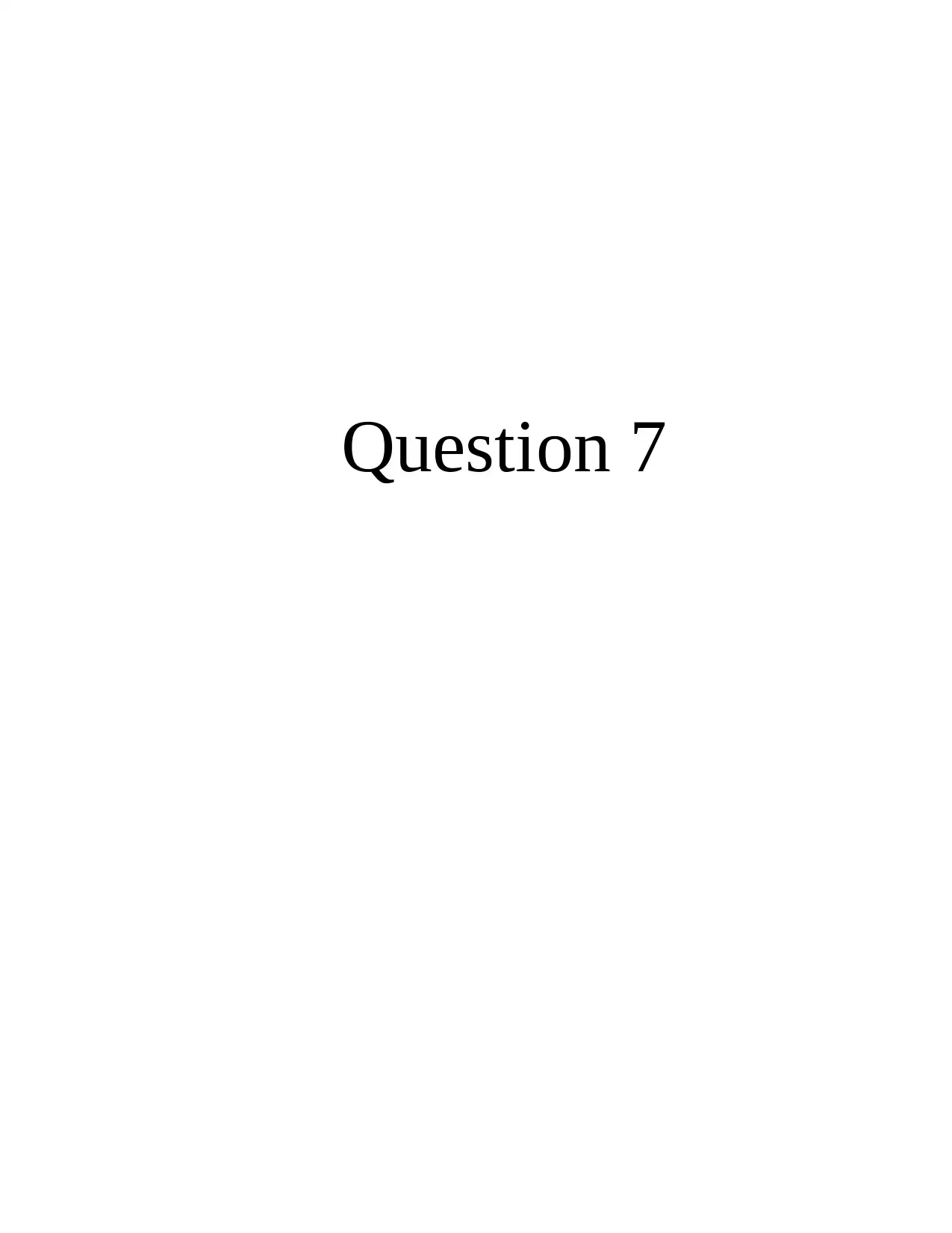
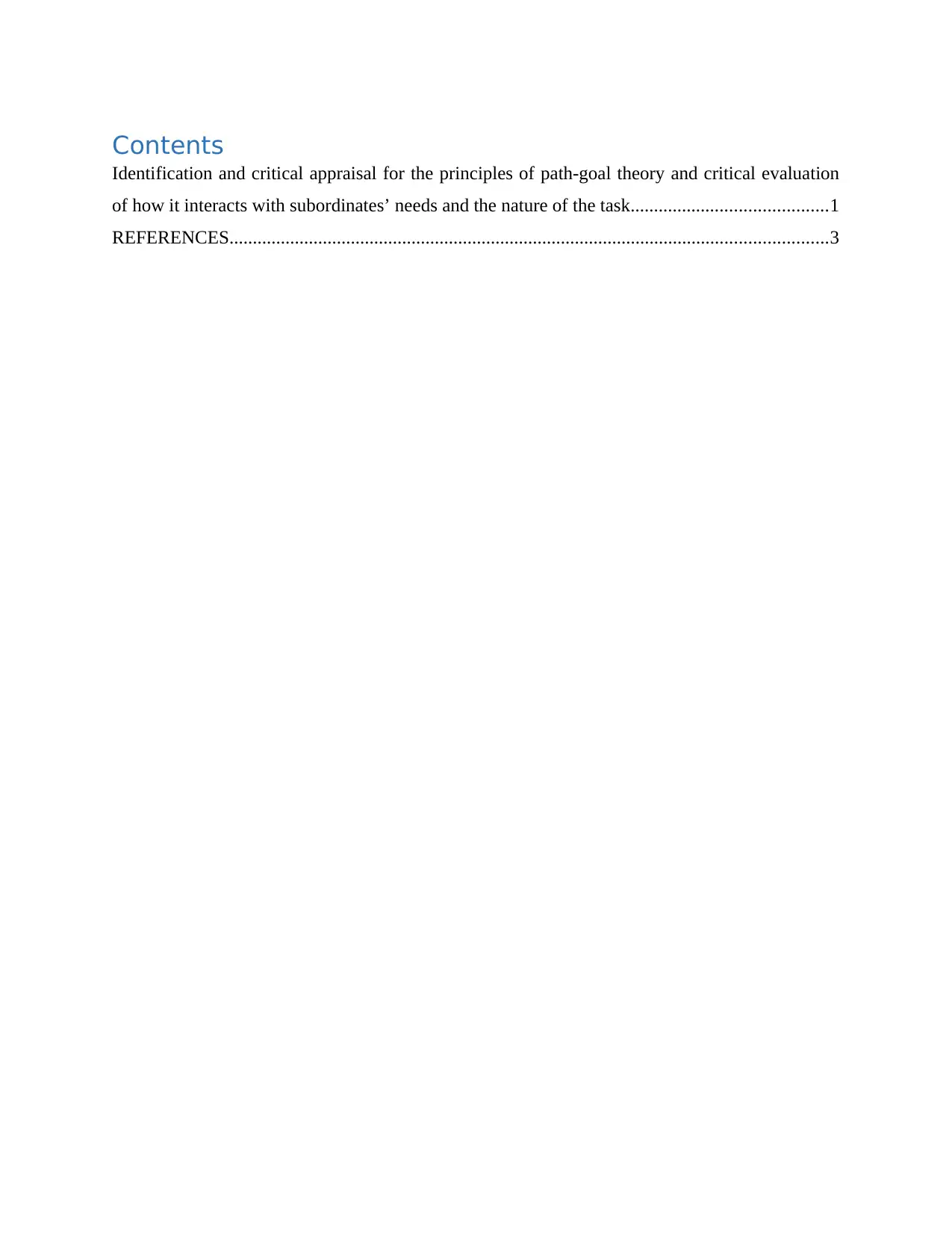
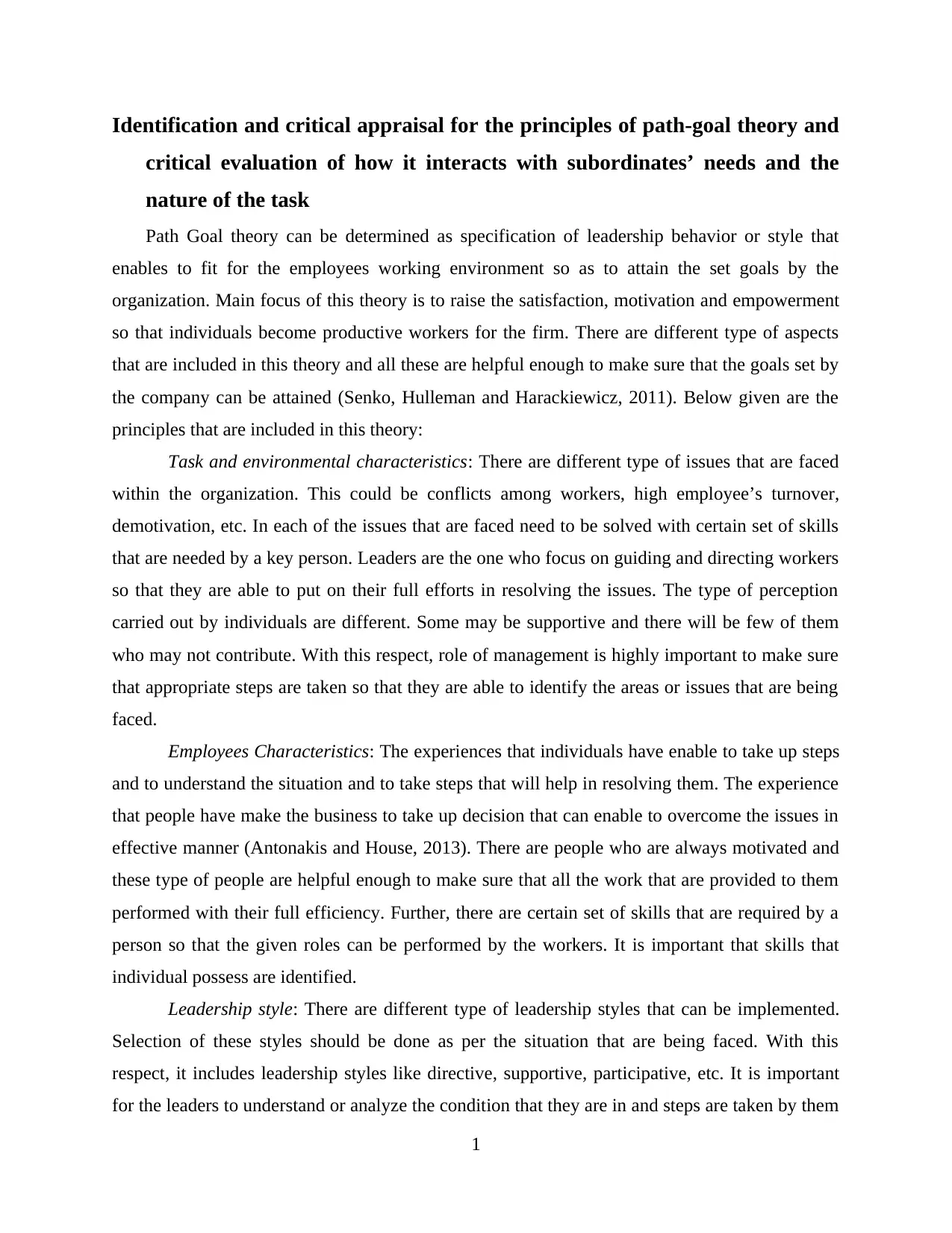

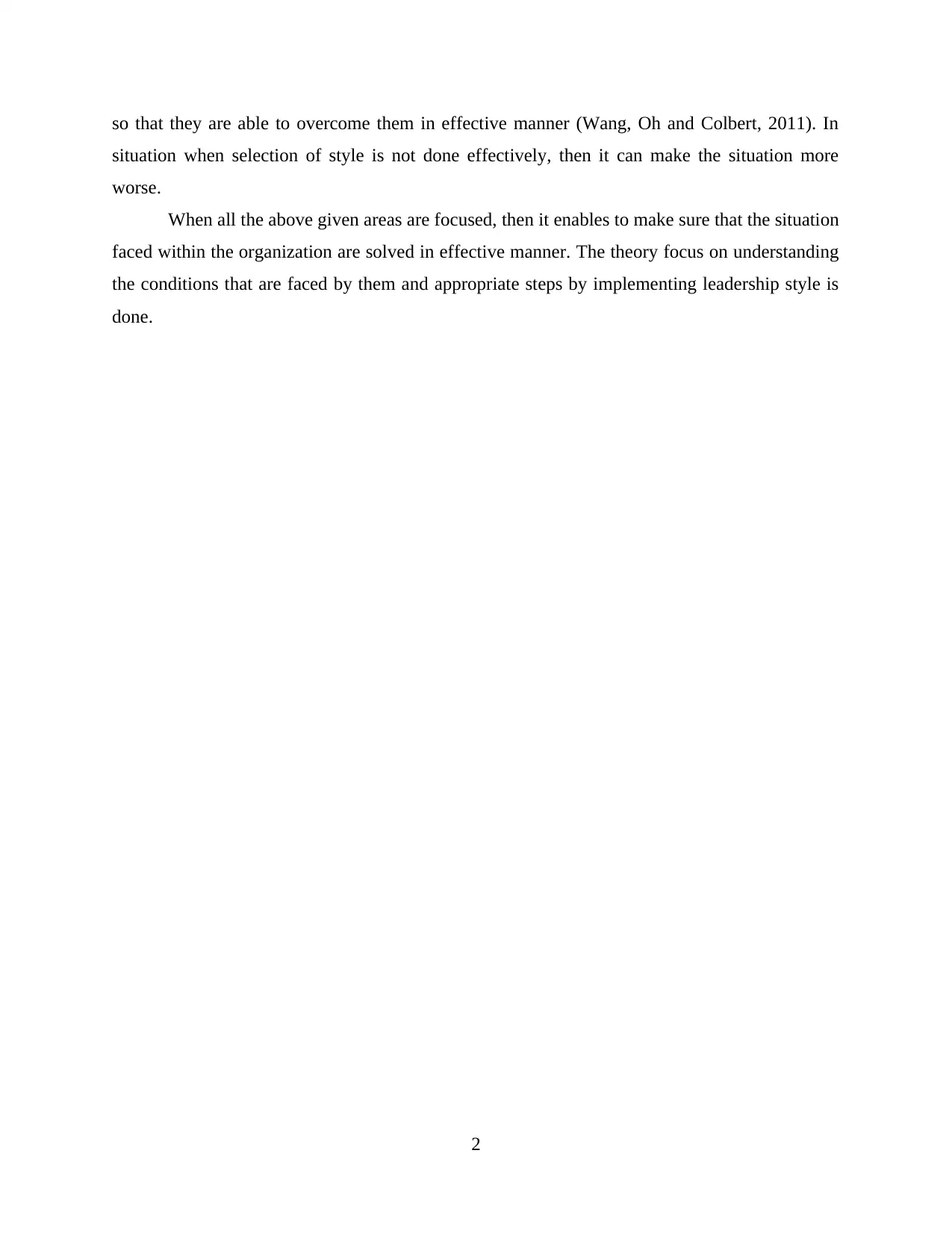
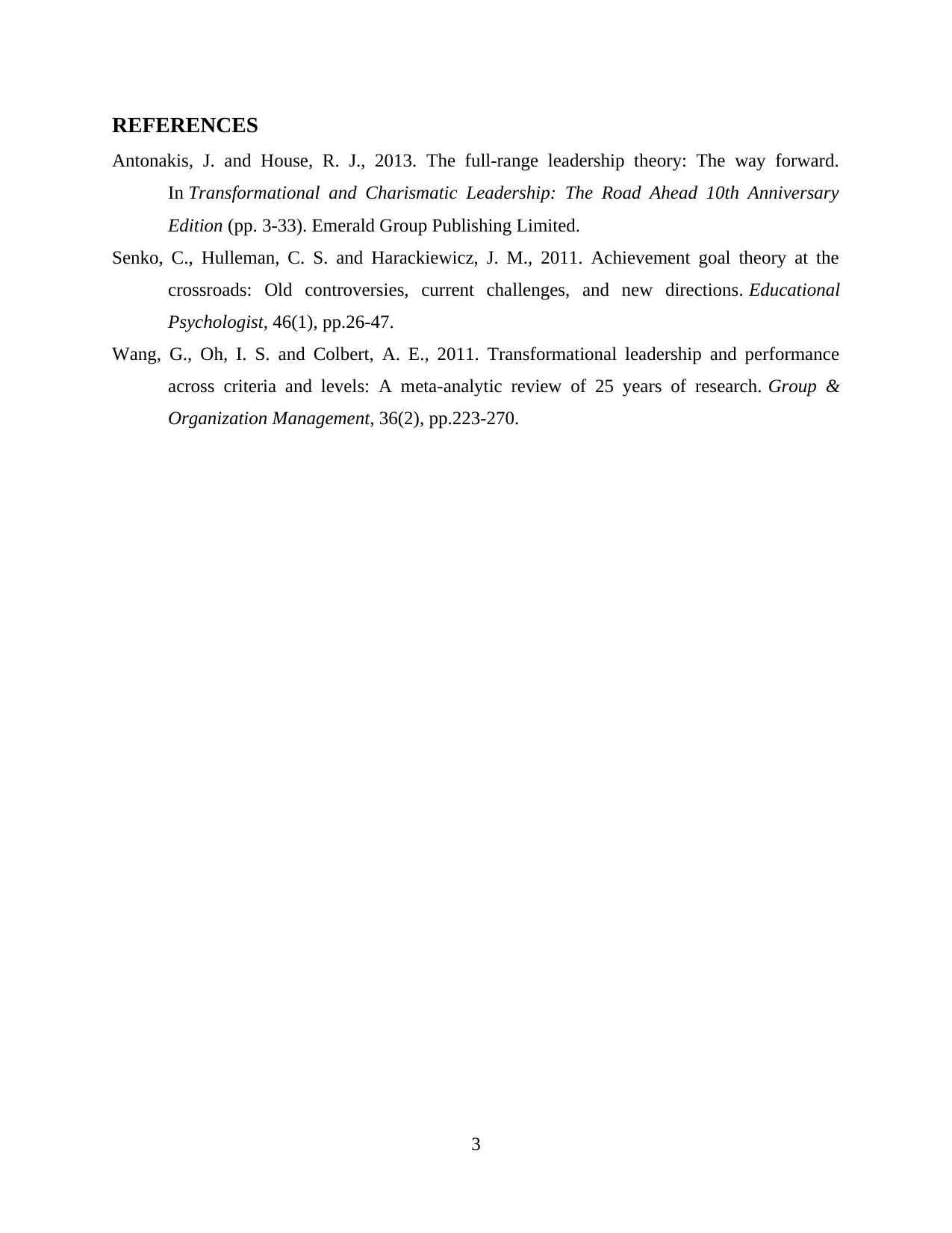






![[object Object]](/_next/static/media/star-bottom.7253800d.svg)